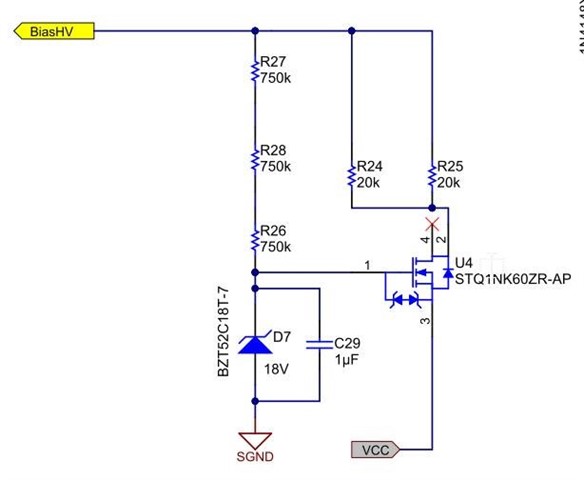Other Parts Discussed in Thread: TIDA-00652,
Hi team,
My customer is looking for an in depth explanation of how this particular circuit operates in the attached reference design. Can you explain, or point out where in the reference design it explains the operation of this particular part of the circuit?

Reference design and full schematic are also attached.
Thank you!

